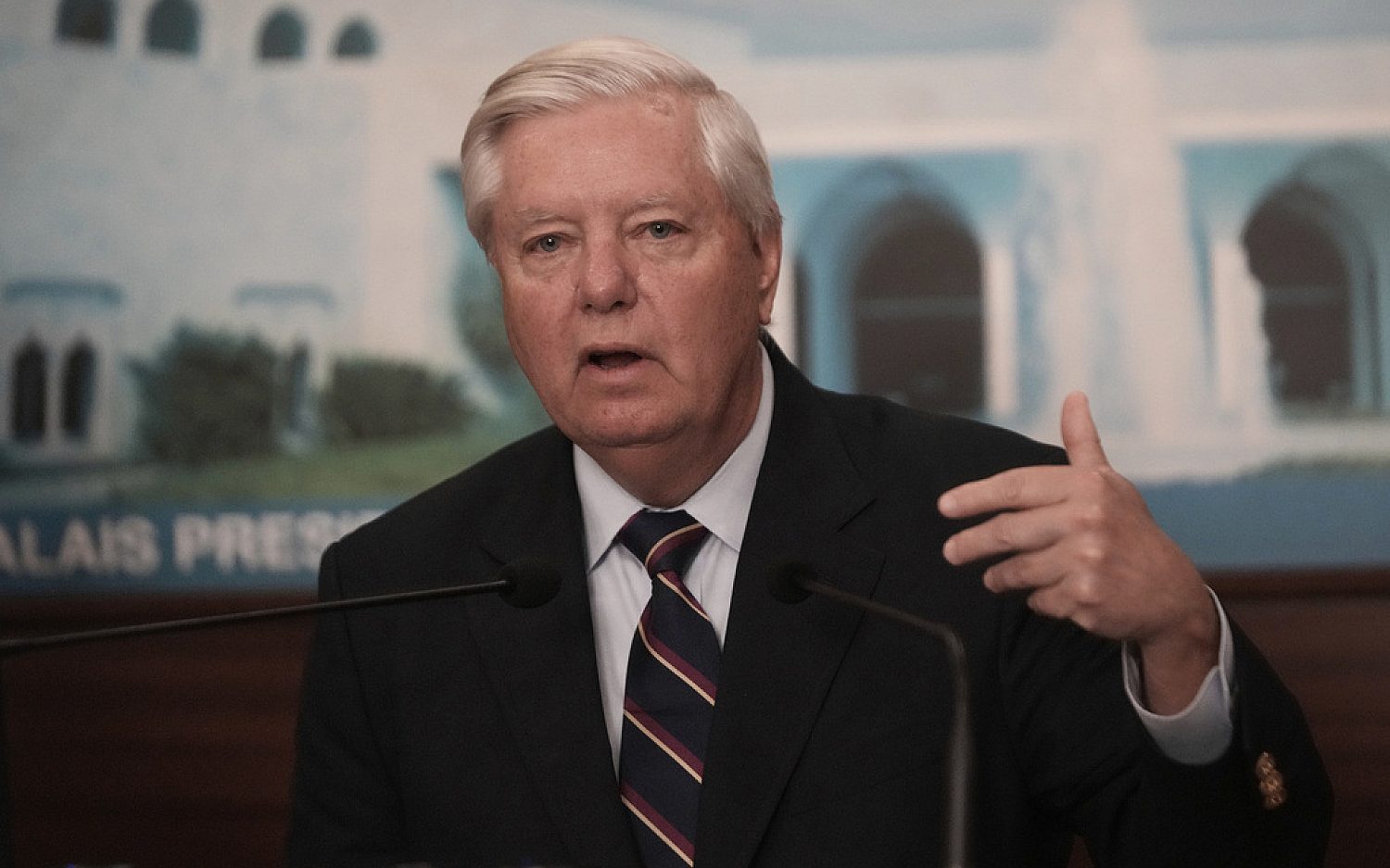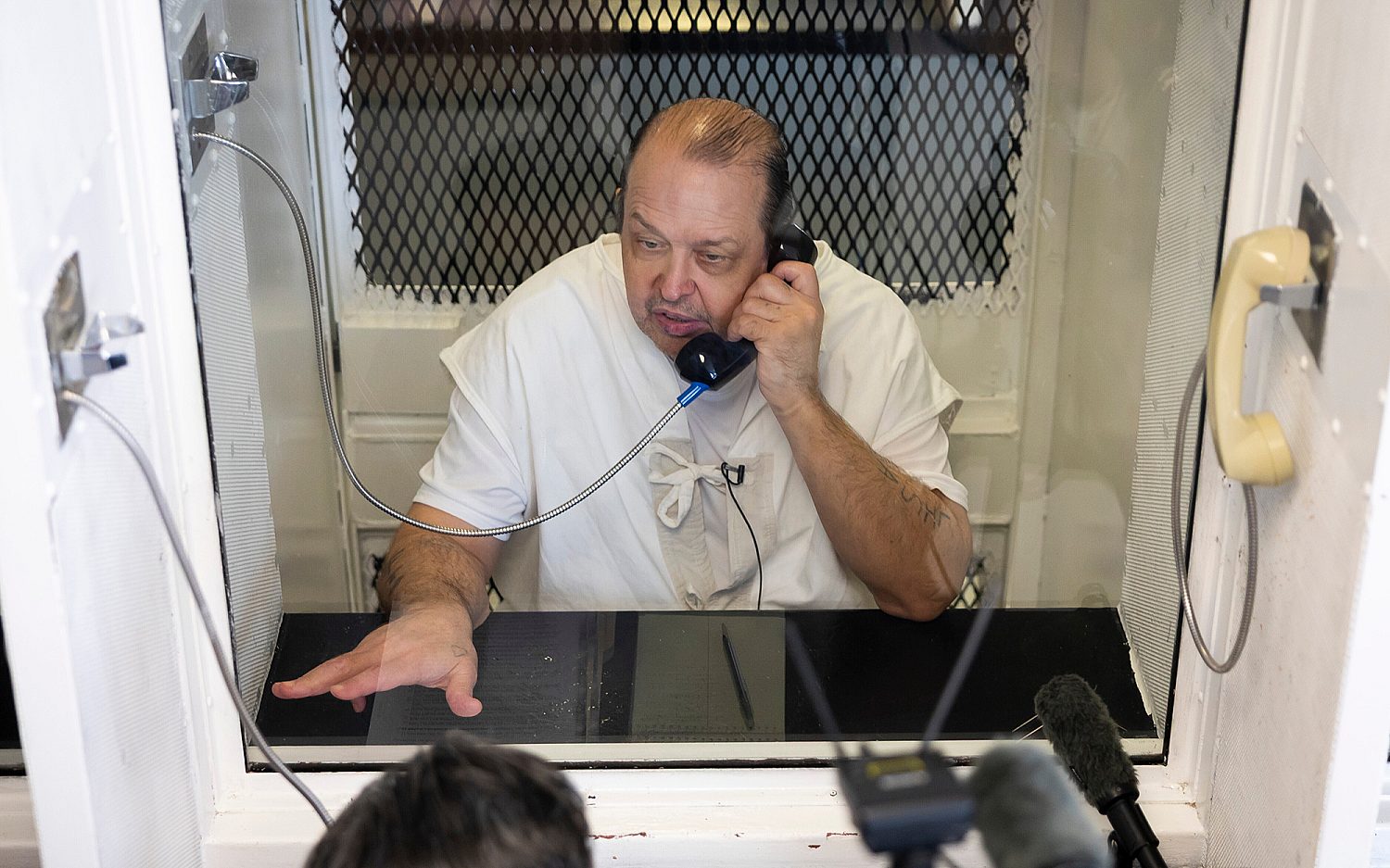Congressional space funding fight a good deal for Russia
Differences between congressional budget writers and the Obama administration over human spaceflight program priorities could leave U.S. astronauts dependent on Russian Soyuz spacecraft for rides to the International Space Station (ISS) for two years longer than planned—at a cost of $490 million.
In a letter delivered Wednesday to the leadership of the congressional committees that oversee the agency, NASA Administrator Charles Bolden informed lawmakers that, because of persistent underfunding of its Commercial Crew program, NASA is extending its contract with the Russian government for another two years. The extension will buy six more round-trip seats for U.S. and international astronauts at a cost of $81.7 million each.
Bolden urged legislators to fully fund NASA’s fiscal year 2016 budget request of $1.2 billion for the development of commercial space vehicles as a replacement for the Space Shuttle, which was retired in 2011. Draft budgets proposed by the Senate and House would appropriate between $900 million and $1 billion, for the Commercial Crew program next year, according to Spaceflight Now.
“I am asking that we put past disagreements behind us and focus our collective efforts on support for American industry—Boeing Corporation and SpaceX—to complete construction and certification of their crew vehicles so that we can begin launching our crews from the Space Coast of Florida in 2017,” Bolden wrote.
Congress has never fully funded the Commercial Crew program since its inception in 2010. This has, according to NASA officials, resulted in “continued sole reliance on the Russian Soyuz spacecraft as our crew transport vehicle for American and international partner crews to the ISS.”
But while the primary space program designed to send humans to Low Earth Orbit (LEO) is languishing for lack of funds, NASA’s exploratory human spaceflight programs are thriving. Congress has not only fully funded both the Space Launch System (SLS) and Orion programs, designed to develop launch vehicles and spacecraft to take humans to Mars and the asteroids, it has increased NASA’s budget request by an additional $546.4 million, according to a report by space news website Parabolic Arc.
NASA’s budget battle with congress is more a reflection of differing human spaceflight priorities, rather than funding levels. The House appropriators’ overall budget for NASA was the same as the requested $18.53 billion, an increase of about a half billion dollars over last year’s budget, according to Parabolic Arc.
The Commercial Crew program’s original goal was to provide American space vehicles by 2015. If the 2016 funding request is met, the Commercial Crew program would be on track to start ferrying astronauts to the ISS by the end of 2017, Bolden said in his letter to Congress. But if the program is not fully funded, Bolden told congress Boeing and SpaceX likely will need to suspend operations next spring or summer.
The $490 million contract extension with Russia will act as a hedge against any further slippage in the Commercial Crew program, paying for launches in 2018 and landings extending into early 2019, according to Spaceflight Now.
An actual newsletter worth subscribing to instead of just a collection of links. —Adam
Sign up to receive The Sift email newsletter each weekday morning for the latest headlines from WORLD’s breaking news team.




Please wait while we load the latest comments...
Comments
Please register, subscribe, or log in to comment on this article.